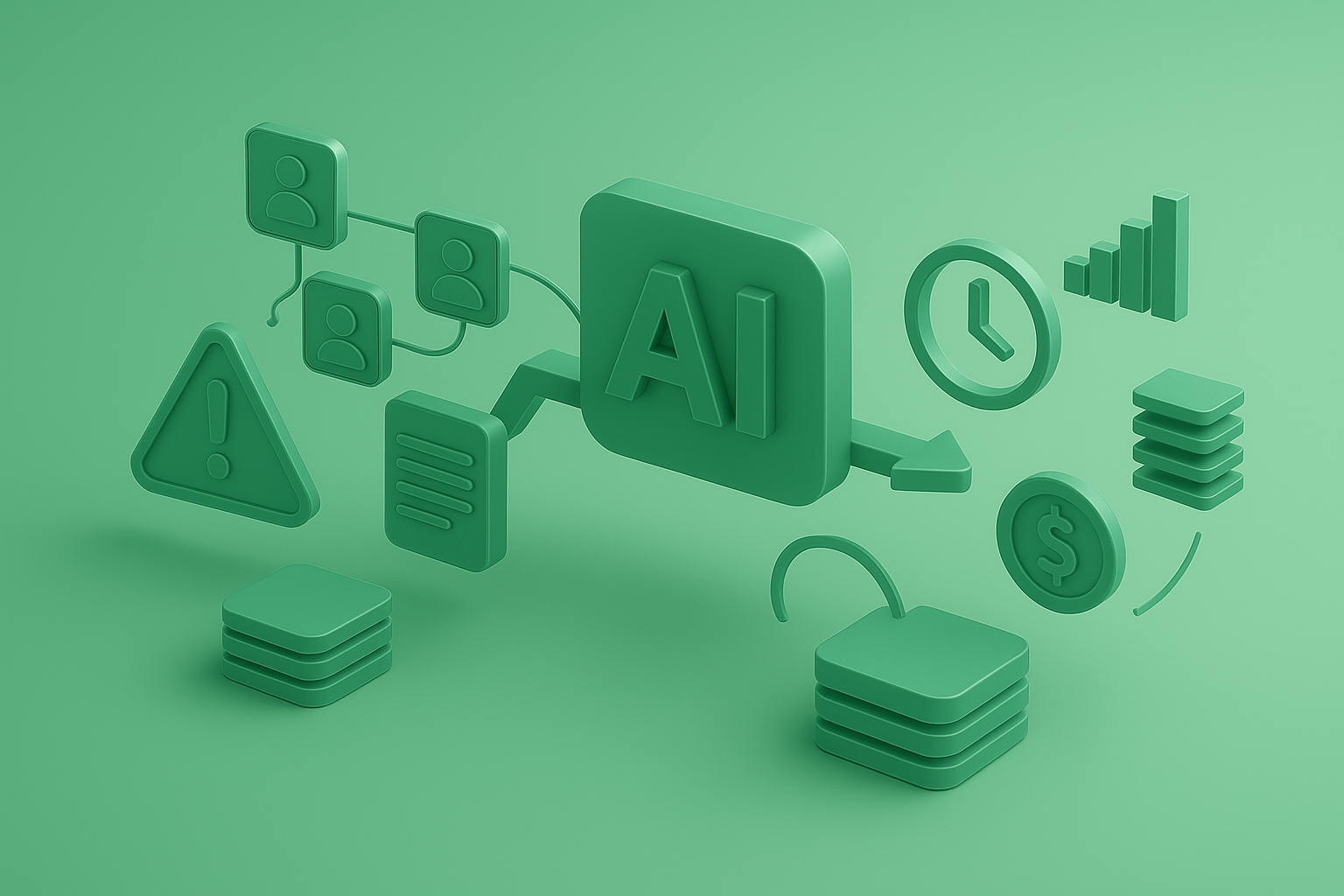Bloated, Delayed, Over-Engineered: Why Global Procurement Suites Miss the Mark

Category
Global Procurement
Published Date
October 24, 2025
Reading Time
5 Min Read
More features don’t always mean more value. Sometimes, they mean more problems.
Across industries, global procurement suites are often sold as silver bullets — promising end-to-end transformation through tightly integrated sourcing, contract, supplier, and spend management capabilities.
But reality paints a different picture.
Instead of accelerating outcomes, many organizations find themselves tangled in delays, bloated configurations, low adoption, and spiraling implementation costs. The intent is digital transformation. The result is digital drag.
In this blog, we explore why global procurement suites often fall short, backed by data, case examples, and practical recommendations for smarter, more value-driven digital procurement strategies.
The Data: Why Global Procurement Suites Struggle
Let’s start with the facts. Independent research highlights persistent challenges with large, monolithic procurement platforms:
- Up to 70% of digital procurement programs underdeliver on ROI, with complexity and change fatigue being key culprits.
– Source: DeepStream - 30–50% of total implementation costs are spent just on integrations with legacy systems and data mapping.
– Source: Intel Market Research - 42% of businesses report issues with suite interoperability, especially across sourcing, finance, and supplier risk systems.
– Source: Global Growth Insights - Only 30% of procurement software is fully utilized, leaving most modules underused or abandoned post-implementation.
– Source: Sourcing Champions
The pattern is clear: large-scale procurement platforms often over-promise and under-deliver. But why?
What’s Going Wrong? Common Pitfalls of Over-Engineered Suites
1. Trying to Solve Everything, Solving Very Little
Global suites are often built for maximum coverage, aiming to serve every function, geography, and stakeholder group. The result?
- Layered configurations
- Overlapping features
- More workflows than actual work
This overengineering becomes self-defeating. What looks robust on paper becomes fragile in real life — especially when business needs shift faster than system capabilities.
2. Heavy on Integration, Light on Agility
No enterprise system operates in a vacuum. But integrating massive suites with ERPs, finance systems, supplier databases, or legacy sourcing tools often leads to:
- Stalled implementations
- Data mismatches and duplication
- Delayed go-lives by 6–12 months (or more)
Rather than enabling procurement, the suite becomes another integration project — managed by IT, not business teams.
3. Slow Time-to-Value
Implementing large procurement suites is rarely fast. Every module adds:
- Customizations
- Training overhead
- Workflow redesign
- Vendor dependencies
This leads to a long payback period, where value realization is deferred, and business users lose patience.
4. Poor User Adoption
The most advanced features often go unused — not because they aren’t valuable, but because:
- The interface is too complex
- Training is generic, not role-based
- The system doesn’t fit how people actually work
Procurement users revert to spreadsheets. Suppliers ignore the portal. And leadership wonders why adoption lags.
5. Dirty Data, Dirty Output
Suites depend on clean supplier, contract, and spend data. But without a strong data foundation:
- Reporting becomes unreliable
- Supplier records remain fragmented
- Compliance risks go unnoticed
According to SCMR, 75% of procurement professionals lack confidence in their supplier data — and a suite doesn’t fix that by itself.
What High-Performing Teams Are Doing Differently
Some organizations are breaking free from the “global suite = good” mindset. They’re rethinking what good procurement tech looks like — and they’re winning.
1. Start with Business Problems, Not Feature Sets
Leaders ask: Where’s the real friction today?
Whether it's slow RFQs, poor supplier onboarding, or missed contract renewals — they tackle those first. Value comes faster.
2. Think Modular, Scale Incrementally
Instead of going “all-in” on day one, they:
- Implement core modules first (e.g., RFQ Automation Tool or Digital Contract Management)
- Ensure adoption
- Scale to adjacent areas like Spend Analytics or Supplier Experience Platforms
This builds momentum and confidence.
3. Prioritize Clean, Usable Data
They invest early in:
- Supplier master data cleanup
- Unified product and catalog taxonomies
- Consistent contract metadata
This supports better sourcing decisions, risk visibility, and downstream automation.
4. Optimize for People, Not Just Processes
Tools that enable online bidding & auction solutions or supplier collaboration portals work best when they're designed around user needs — both internal stakeholders and vendors.
The focus shifts from what the software can do to what the users want to do — faster, simpler, smarter.
5. Measure Success by Outcomes, Not Modules
The best teams don’t brag about “number of modules implemented.” They measure:
- Cycle time reduction (e.g. RFQ to PO)
- Supplier onboarding speed
- Contract compliance rates
- % of invoices processed without manual intervention
Questions to Ask Before You Commit to a Suite
Thinking of rolling out (or expanding) a global procurement platform? Use this checklist first:
- Do we really need all these modules now — or are we buying a roadmap?
- How clean is our supplier and contract data today?
- What’s our time-to-value target — and is the platform suited for that pace?
- Can the system scale with agility, or will it become legacy faster than expected?
- How will we ensure adoption across teams, geographies, and suppliers?
If the answers raise more risk than readiness — it might be time to rethink the approach.
Final Thoughts: Build for Value, Not for Vanity
Global procurement suites aren’t inherently bad — but they aren’t inherently good either. The right solution isn’t the most feature-rich or expensive. It’s the one that:
- Solves your real pain points
- Works with your teams and data
- Scales as your business evolves
The future belongs to nimble, modular, user-first procurement platforms — not overbuilt legacy giants.
When procurement tech is focused, integrated, and adopted — it stops being a cost center and starts becoming a value engine.





